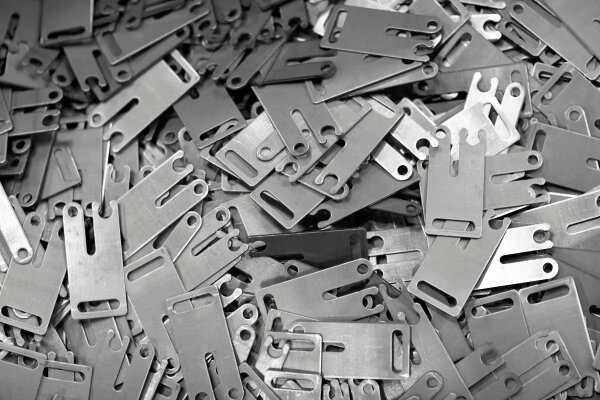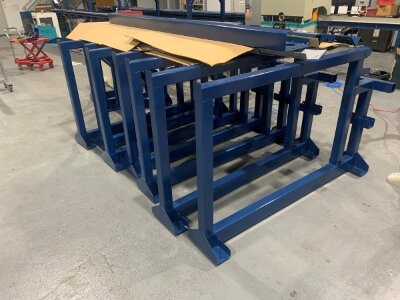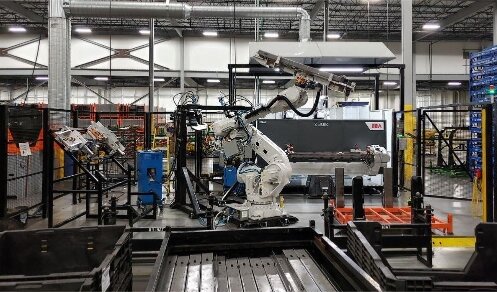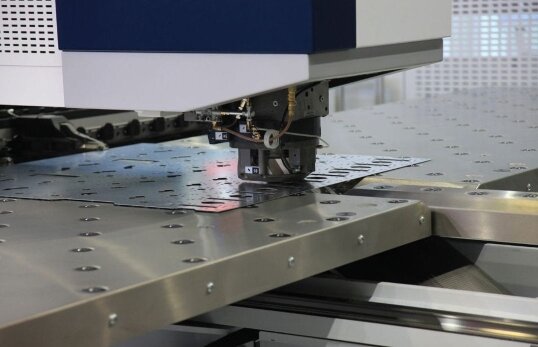La fabricación de piezas metálicas complejas plantea constantes retos de calidad, coste y tiempo. La fundición a presión de aluminio resuelve estos problemas ofreciendo un proceso fiable y eficaz que produce componentes de alta precisión a escala. Este método de eficacia probada ofrece un valor excepcional a los ingenieros y fabricantes que buscan resultados constantes.
¿Está listo para explorar cómo la fundición de aluminio a presión puede transformar sus operaciones de fabricación? Esta guía lo cubre todo, desde los principios básicos hasta las aplicaciones avanzadas, ayudándole a tomar decisiones informadas para su próximo proyecto.
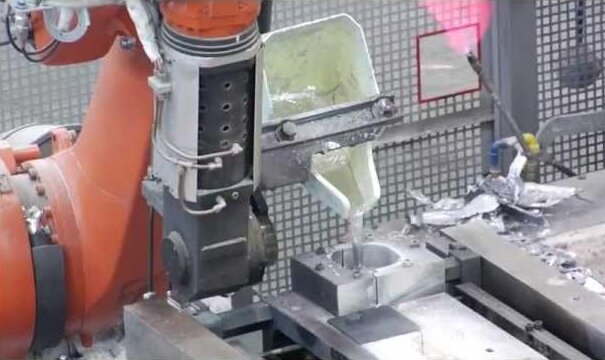
¿Qué es la fundición inyectada de aluminio?
La fundición de aluminio a presión es un proceso de fabricación que produce piezas metálicas precisas y lisas. Consiste en inyectar aluminio fundido en un molde a alta presión para que el metal adopte la forma del molde.
Este proceso es conocido por crear piezas con una excelente resistencia a la corrosión y una alta conductividad. La fundición a presión de aluminio también ofrece una excelente relación resistencia-peso, lo que la hace ideal para componentes ligeros pero duraderos. Permite una producción rápida y es rentable, especialmente para grandes volúmenes.
El proceso de fundición a presión de aluminio
El proceso de fundición a presión sigue una secuencia precisa de pasos que transforman el aluminio bruto en componentes acabados. Desglosemos cada uno de ellos:
Paso 1: Preparación del troquel
El proceso comienza con la preparación de la matriz, que consta de dos mitades que forman el molde de la pieza. Estas matrices suelen ser de acero de alta resistencia para soportar la presión y la temperatura del aluminio fundido.
Paso 2: Fundición e inyección de aluminio
Una vez que la matriz está lista, el aluminio se funde en un horno. A continuación, el aluminio fundido se inyecta en la matriz a alta presión.
Etapa 3: Enfriamiento y solidificación
Tras la inyección, el aluminio fundido se enfría y solidifica en el interior del molde. El tiempo de enfriamiento depende del grosor de la pieza, pero suele producirse rápidamente gracias al sistema de refrigeración del molde.
Paso 4: Expulsión del molde
Una vez que la pieza se ha solidificado, se separan las mitades de la matriz y se expulsa la pieza. Esto se hace con cuidado para evitar dañar el componente recién formado.
Etapa 5: Operaciones posteriores a la colada (Desbarbado, Tratamiento de superficies)
Tras la expulsión, la pieza puede necesitar pasos adicionales de acabado. Esto puede incluir la eliminación de cualquier exceso de material, llamado flash, que se formó alrededor de los bordes de la pieza.
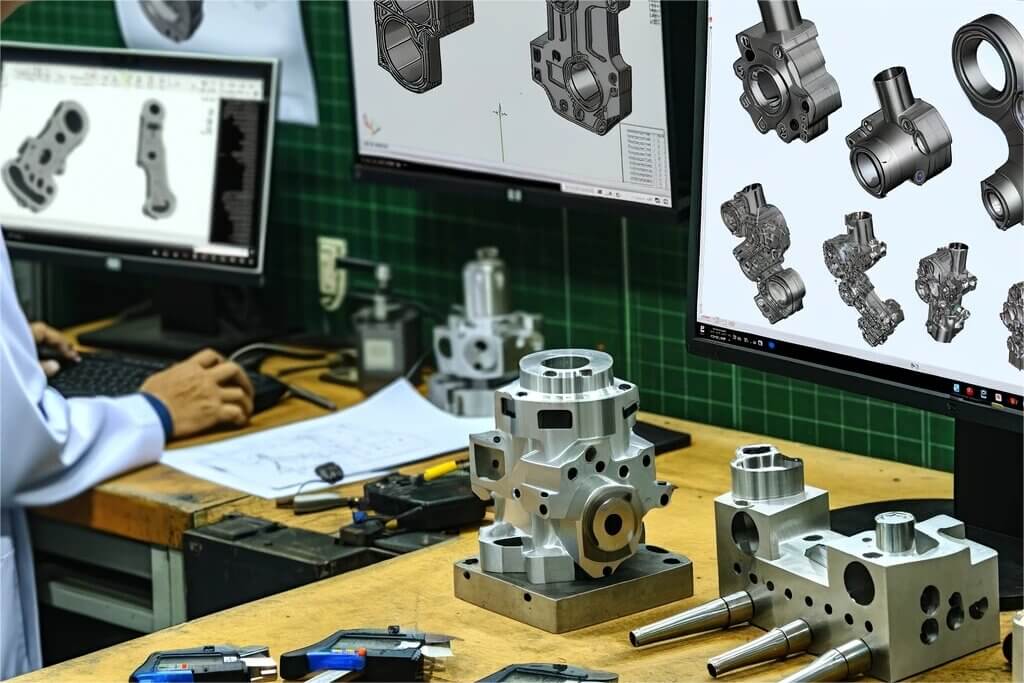
Tipos de fundición inyectada de aluminio
La fundición a presión de aluminio tiene diversas variantes, cada una adaptada a unas necesidades de fabricación específicas. Estos métodos difieren en cómo se introduce el aluminio fundido en el molde y en las condiciones en las que se solidifica.
Fundición a alta presión
El HPDC consiste en inyectar aluminio fundido en un molde de acero a una presión extrema, normalmente entre 10.000 y 25.400 psi. Este método es ideal para producir formas complejas con tolerancias estrechas y acabados superficiales lisos.
Fundición a baja presión
LPDC utiliza una baja presión controlada para llenar la cavidad del molde con aluminio fundido, lo que garantiza un llenado uniforme y preciso. Este método minimiza la porosidad y es especialmente adecuado para crear componentes simétricos como ruedas o piezas estructurales.
Fundición en vacío
La fundición a presión por vacío aplica vacío a la cavidad del molde, introduciendo el aluminio fundido en el molde. Este proceso reduce el atrapamiento de aire y la porosidad, lo que da como resultado piezas fundidas más densas y de mayor calidad.
Fundición a presión
La fundición a presión combina elementos de forja y fundición mediante la aplicación de alta presión durante la solidificación. Este método elimina la porosidad y mejora las propiedades mecánicas, produciendo piezas con una resistencia y durabilidad excepcionales.
Ventajas de la fundición a presión de aluminio
La fundición a presión de aluminio ofrece varias ventajas, lo que la convierte en una opción muy popular entre los fabricantes. Éstas son las principales ventajas:
Productos ligeros y resistentes
La fundición a presión de aluminio crea piezas ligeras y resistentes a la vez. Las propiedades naturales del aluminio lo hacen perfecto para aplicaciones en industrias como la automovilística y la aeroespacial, donde reducir el peso es crucial para mejorar el rendimiento.
Relación coste-eficacia
La fundición de aluminio a presión es una opción rentable para la producción a gran escala. Aunque los costes de utillaje pueden ser elevados al principio, la eficacia del proceso permite una producción rápida y de gran volumen, lo que reduce el precio por unidad.
Precisión dimensional superior
El proceso de inyección a alta presión garantiza una excelente precisión. La fundición de aluminio a presión produce piezas con tolerancias estrechas y dimensiones uniformes, lo que reduce la necesidad de mecanizado adicional.
Disipación térmica mejorada
El aluminio tiene una excelente conductividad térmica, por lo que es ideal para aplicaciones sensibles al calor. Las piezas fundidas a presión disipan eficazmente el calor, algo esencial para sectores como la electrónica y la automoción.
Geometrías complejas y diseños intrincados
La fundición a presión de aluminio puede producir piezas con formas complejas y características intrincadas. El proceso permite diseños detallados, paredes finas y geometrías complejas que podrían resultar difíciles con otros métodos de fabricación.
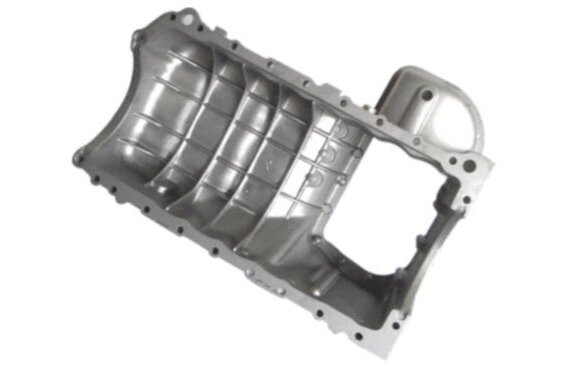
Retos de la fundición de aluminio a presión
Aunque la fundición de aluminio a presión ofrece muchas ventajas, también presenta varios retos que los fabricantes deben superar para garantizar una producción de alta calidad. A continuación se enumeran algunos de los problemas más comunes que surgen en el proceso:
Problemas de porosidad
La porosidad se produce cuando los gases, como el aire o el hidrógeno, quedan atrapados en el aluminio fundido durante la fundición. Esto da lugar a vacíos internos o defectos superficiales que pueden reducir la resistencia mecánica, la estanqueidad a la presión y la calidad.
Las soluciones incluyen la optimización del diseño del molde, la mejora de los sistemas de ventilación y el perfeccionamiento de la aleación para reducir el atrapamiento de gas.
Defectos superficiales e inclusiones
Los defectos superficiales como ampollas, inclusiones y acabados rugosos suelen deberse a impurezas en el aluminio fundido o a un mal mantenimiento del molde. Estos defectos debilitan la pieza fundida y pueden afectar a su calidad estética.
Para evitarlas, es esencial limpiar los moldes a fondo, tratar la aleación adecuadamente y mantener temperaturas constantes en los moldes.
Fisuración en caliente
El agrietamiento en caliente (o desgarro en caliente) se produce durante las etapas finales de la solidificación, cuando la pieza fundida aún está semisólida. Se produce debido a una contracción térmica desigual o a una concentración de tensiones en los puntos débiles de la pieza fundida.
Para evitar el agrietamiento en caliente, los fabricantes deben garantizar un grosor uniforme de las paredes, evitar las esquinas afiladas en los diseños y controlar la velocidad de enfriamiento durante la solidificación.
¿Cuál es la mejor fundición para el aluminio?
La mejor aleación de aluminio para fundición a presión depende de la aplicación específica. Sin embargo, la aleación A380 es la más utilizada por su excelente equilibrio entre moldeabilidad, durabilidad y rentabilidad. Ofrece buena fluidez, conductividad térmica y resistencia al agrietamiento en caliente, lo que la hace ideal para diseños intrincados y aplicaciones de pared delgada.
Otras aleaciones destacables son:
- A360: Conocido por su resistencia superior a la corrosión y estanqueidad a la presión, adecuado para altas temperaturas o entornos difíciles.
- A383 (ADC12): Ofrece mejores características de llenado a temperaturas más bajas, ideal para formas intrincadas y diseños detallados.
- A356: Popular en aplicaciones aeroespaciales e industriales por su soldabilidad y durabilidad.
Aplicaciones comunes de la fundición a presión de aluminio
La fundición a presión de aluminio se utiliza ampliamente en diversos sectores porque produce componentes ligeros, duraderos y complejos con gran precisión. A continuación se indican algunas de sus aplicaciones más comunes:
Industria automotriz:
- Bloques de motor
- Cárteres de transmisión
- Ruedas
- Componentes estructurales
Aeroespacial y aviación:
- Partes del motor
- Estructuras de alas
- Tren de aterrizaje
Electrónica de consumo:
- Carcasas de teléfonos inteligentes
- Chasis de portátil
- Disipadores de calor
- Carcasas de cámaras
Equipos industriales:
- Carcasas
- Soportes
- Engranajes
Dispositivos médicos:
- Piezas de escáner de IRM
- Carcasas de equipos de ultrasonidos
- Herramientas quirúrgicas
- Componentes de la bomba de oxígeno portátil
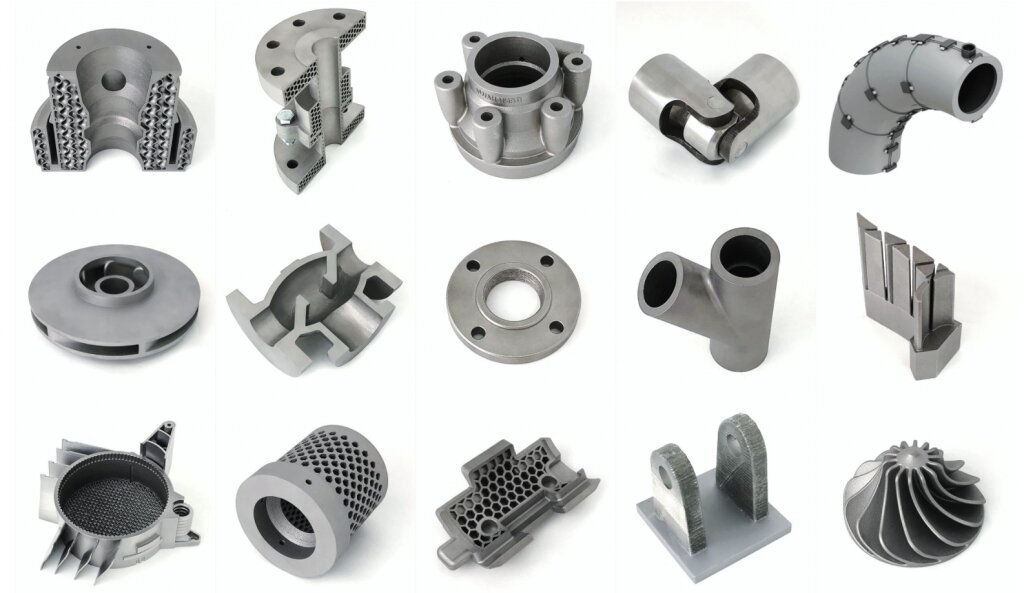
Alternativas a la fundición a presión - Fundición en arena y en coquilla
Cuando la fundición a presión no es óptima, la fundición en arena y la fundición a la cera perdida surgen como alternativas viables. Cada método ofrece ventajas únicas y es adecuado para aplicaciones específicas.
Moldeo en arena
La fundición en arena consiste en crear un molde a partir de arena para verter el metal fundido. Este proceso es muy versátil y rentable para volúmenes de producción bajos o medios.
Ventajas de la fundición en arena:
- Bajos costes de utillaje: Ideal para prototipos o pequeñas series de producción gracias al bajo coste de los moldes.
- Versatilidad de materiales: Funciona con casi cualquier aleación ferrosa o no ferrosa.
- Flexibilidad de tamaño: Puede producir piezas desde unas pocas onzas hasta más de 200 toneladas.
Fundición a la cera perdida
La fundición a la cera perdida utiliza un patrón de cera recubierto de cerámica para crear un molde. La cera se funde y el metal fundido se vierte en la cáscara de cerámica para obtener componentes de alta precisión.
Ventajas de la fundición a cera perdida:
- Tolerancias estrictas: Produce piezas con excelente precisión dimensional y mínimas necesidades de mecanizado.
- Geometrías complejas: Capaz de crear diseños intrincados sin ángulos de trazado.
- Acabado superficial superior: Ofrece acabados más lisos que la fundición en arena o a presión.
Conclusión
La fundición a presión de aluminio ofrece una solución versátil y rentable para fabricar piezas de alta calidad en diversos sectores. Entre sus ventajas se encuentran la ligereza, la precisión dimensional y la capacidad de producir geometrías complejas.
Tanto si necesita componentes de automoción, piezas aeroespaciales o carcasas de electrónica de consumo, la fundición a presión de aluminio ofrece el rendimiento y la precisión necesarios para las aplicaciones más exigentes.
¿Está listo para explorar las ventajas de la fundición a presión de aluminio para su próximo proyecto? Contáctenos hoy mismo para una consulta y un presupuesto gratuitos.
Hola, soy Kevin Lee

Durante los últimos 10 años, he estado inmerso en diversas formas de fabricación de chapa metálica, compartiendo aquí ideas interesantes de mis experiencias en diversos talleres.
Póngase en contacto

Kevin Lee
Tengo más de diez años de experiencia profesional en la fabricación de chapas metálicas, especializada en corte por láser, plegado, soldadura y técnicas de tratamiento de superficies. Como Director Técnico de Shengen, me comprometo a resolver complejos retos de fabricación y a impulsar la innovación y la calidad en cada proyecto.

